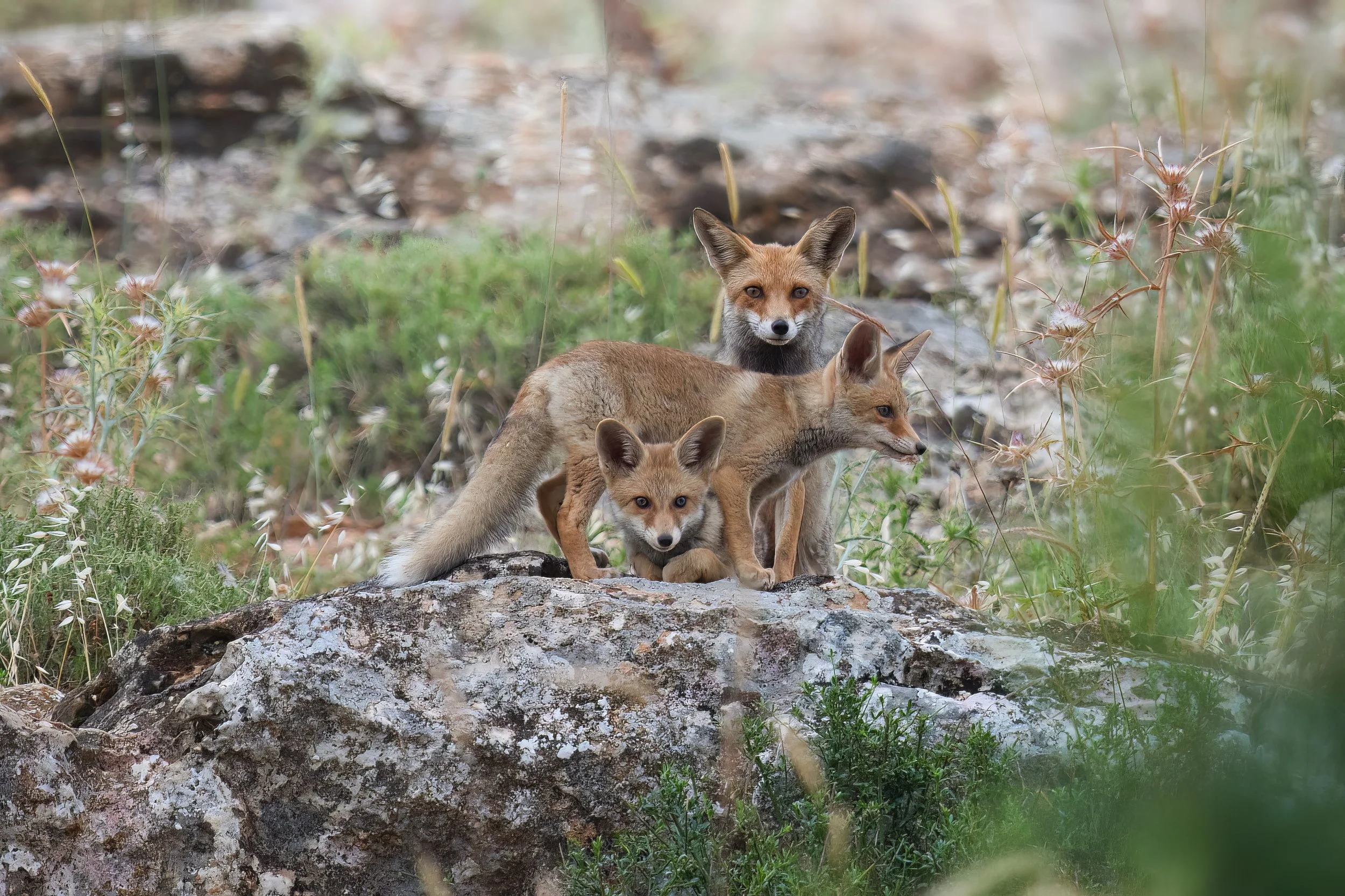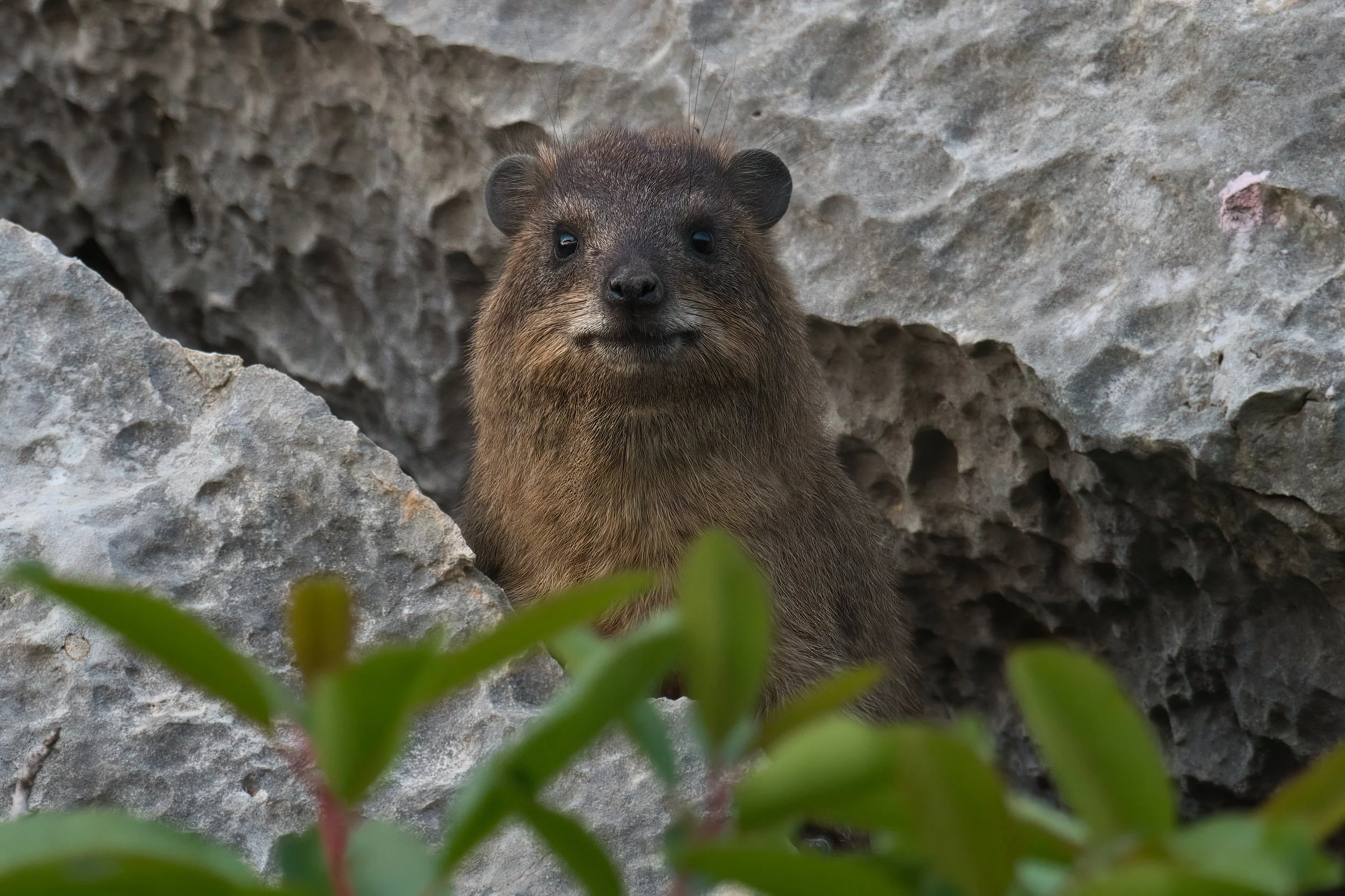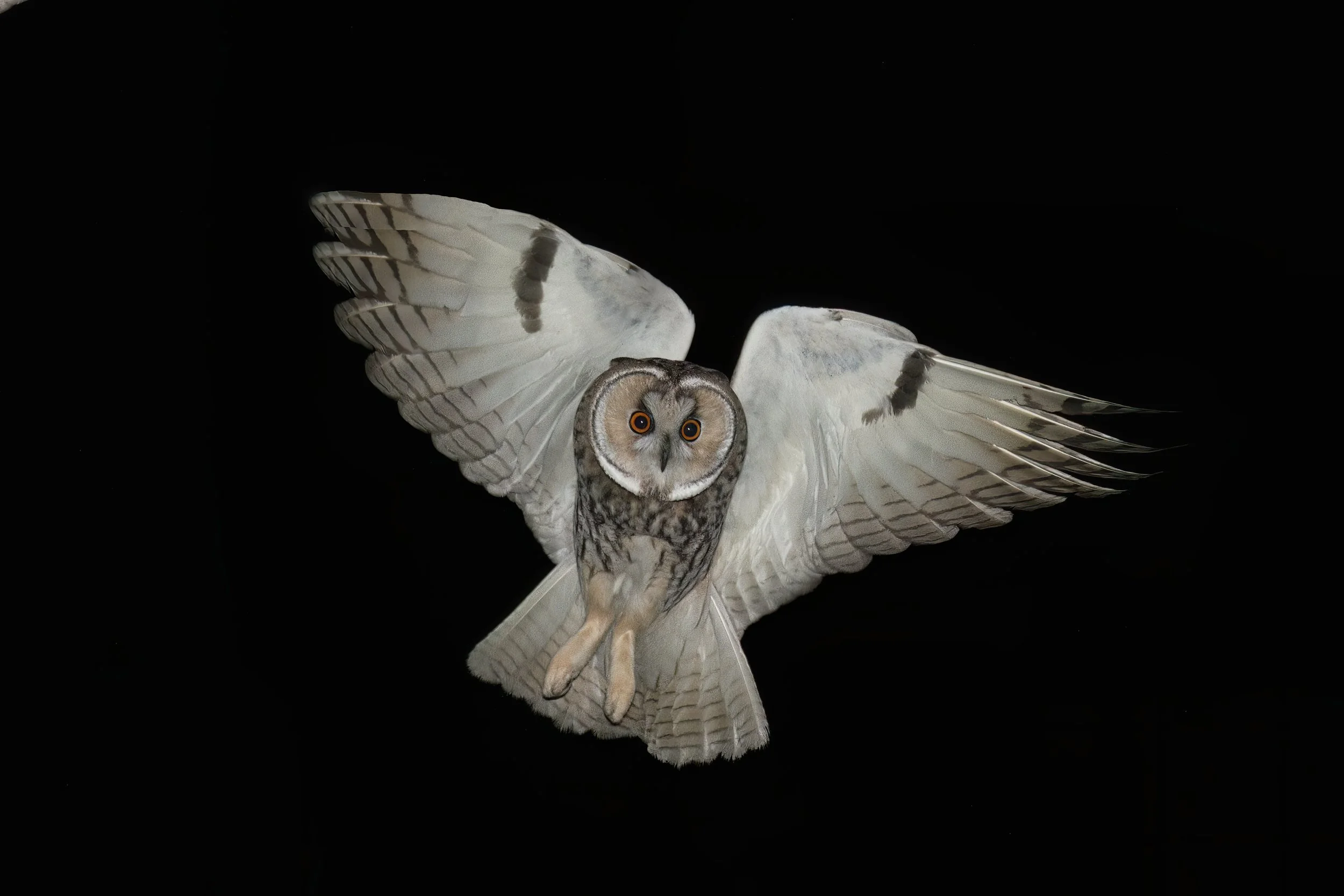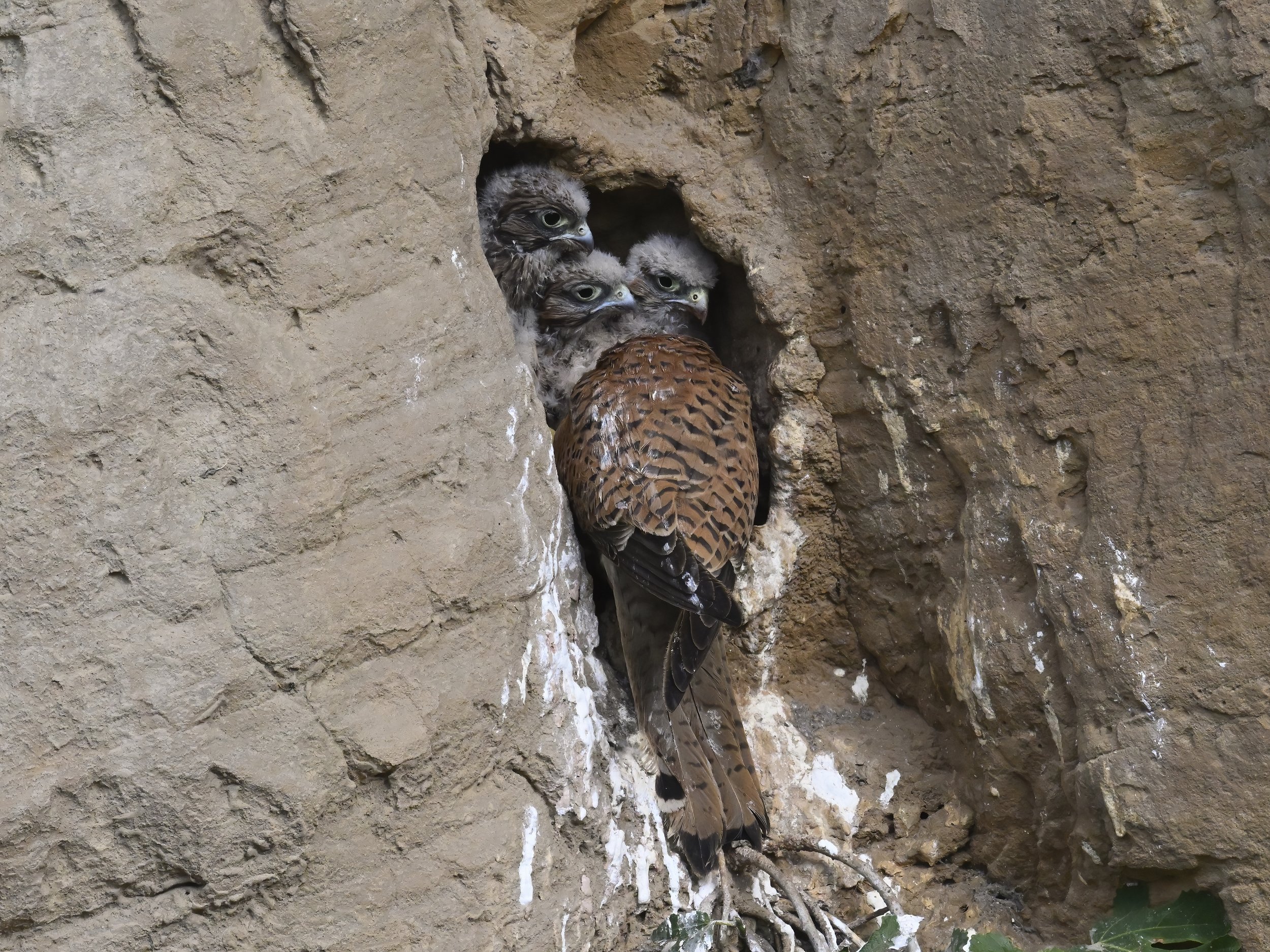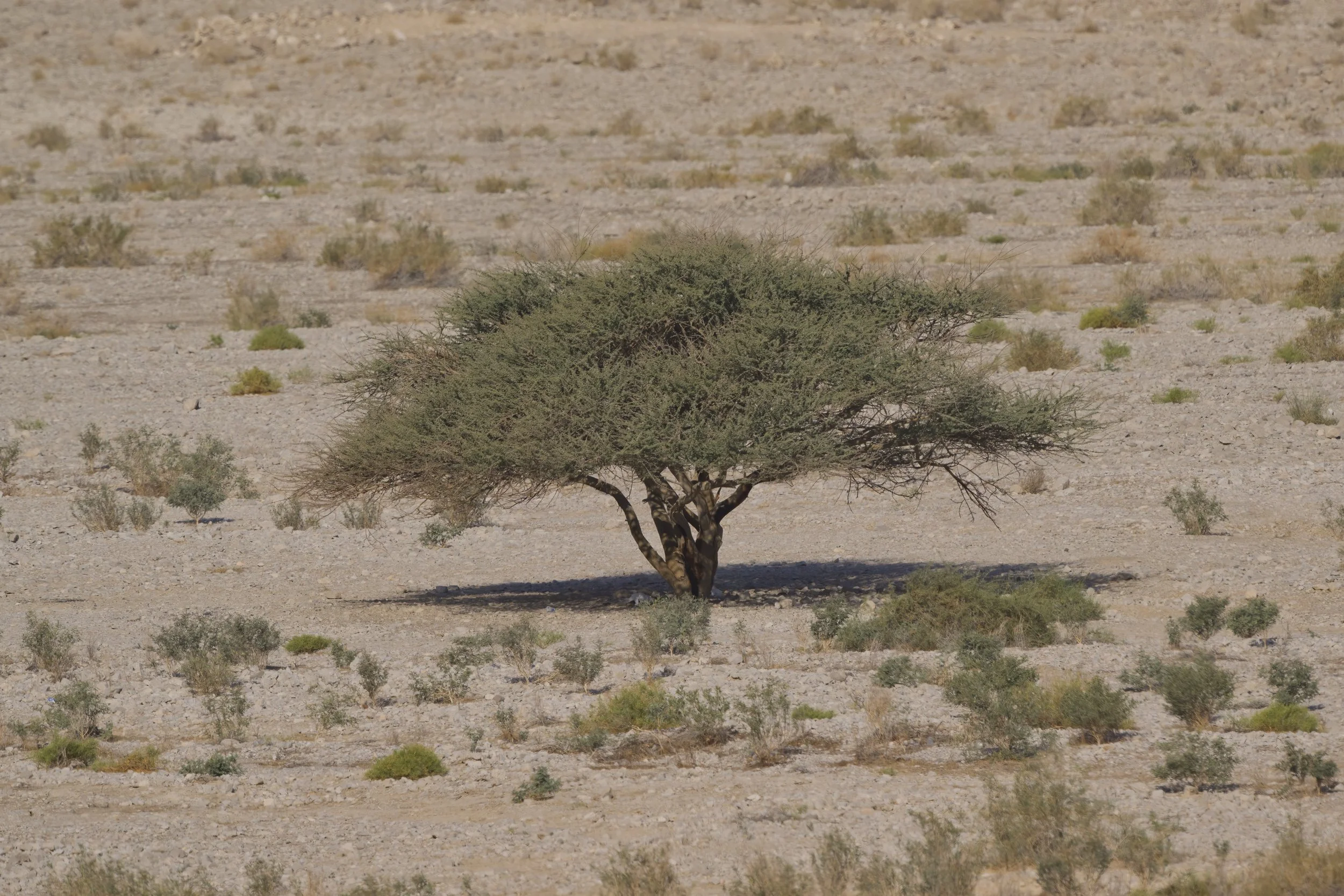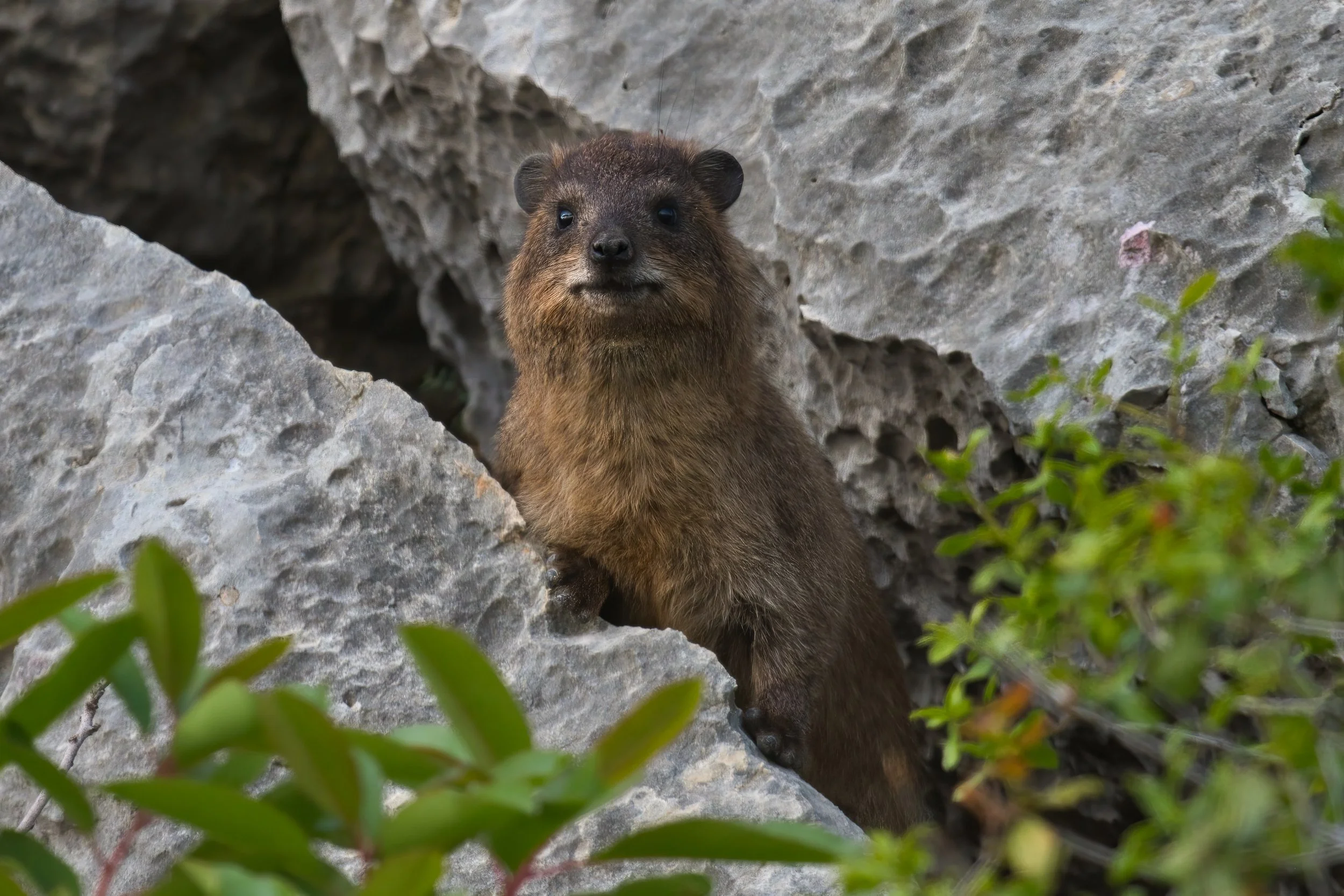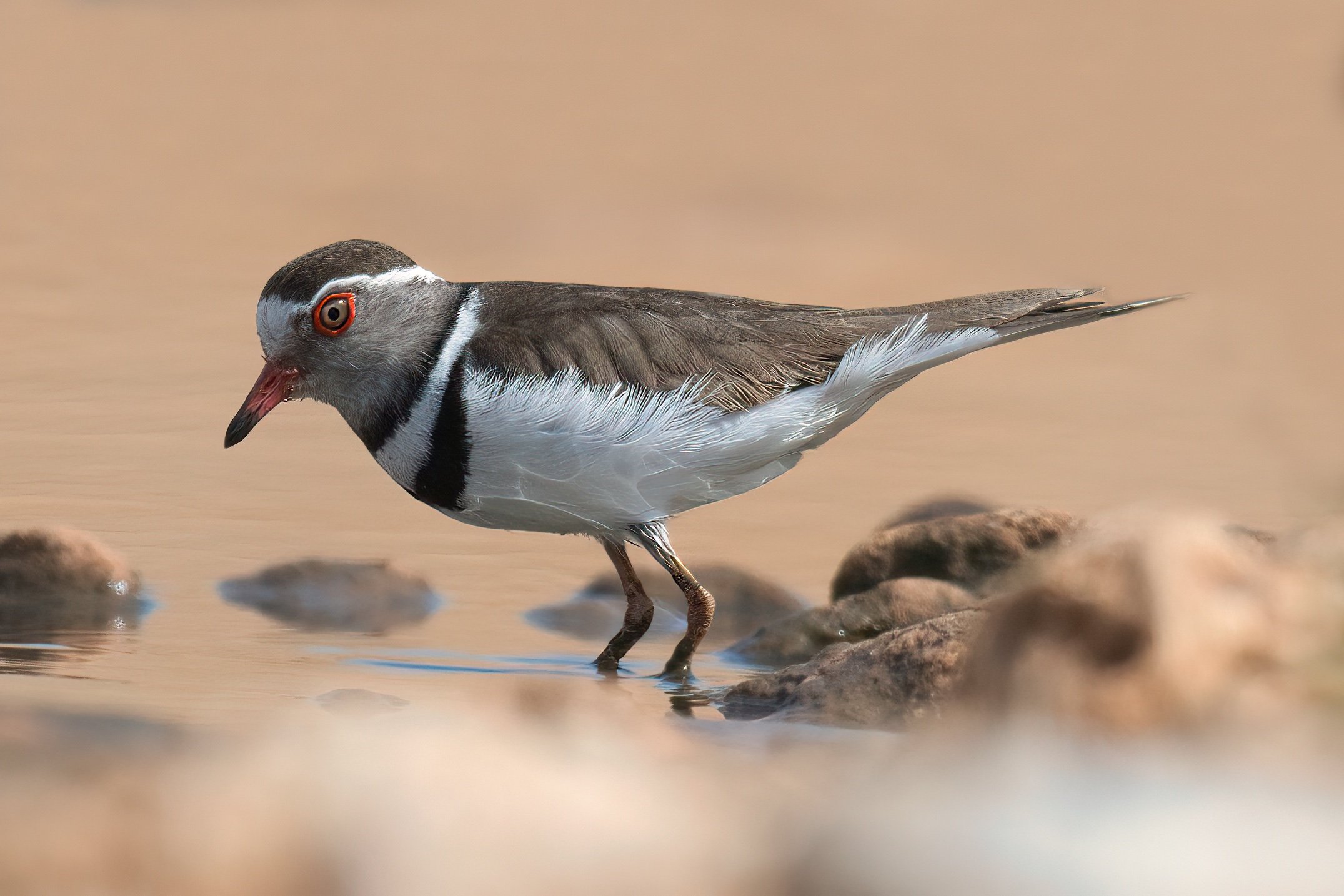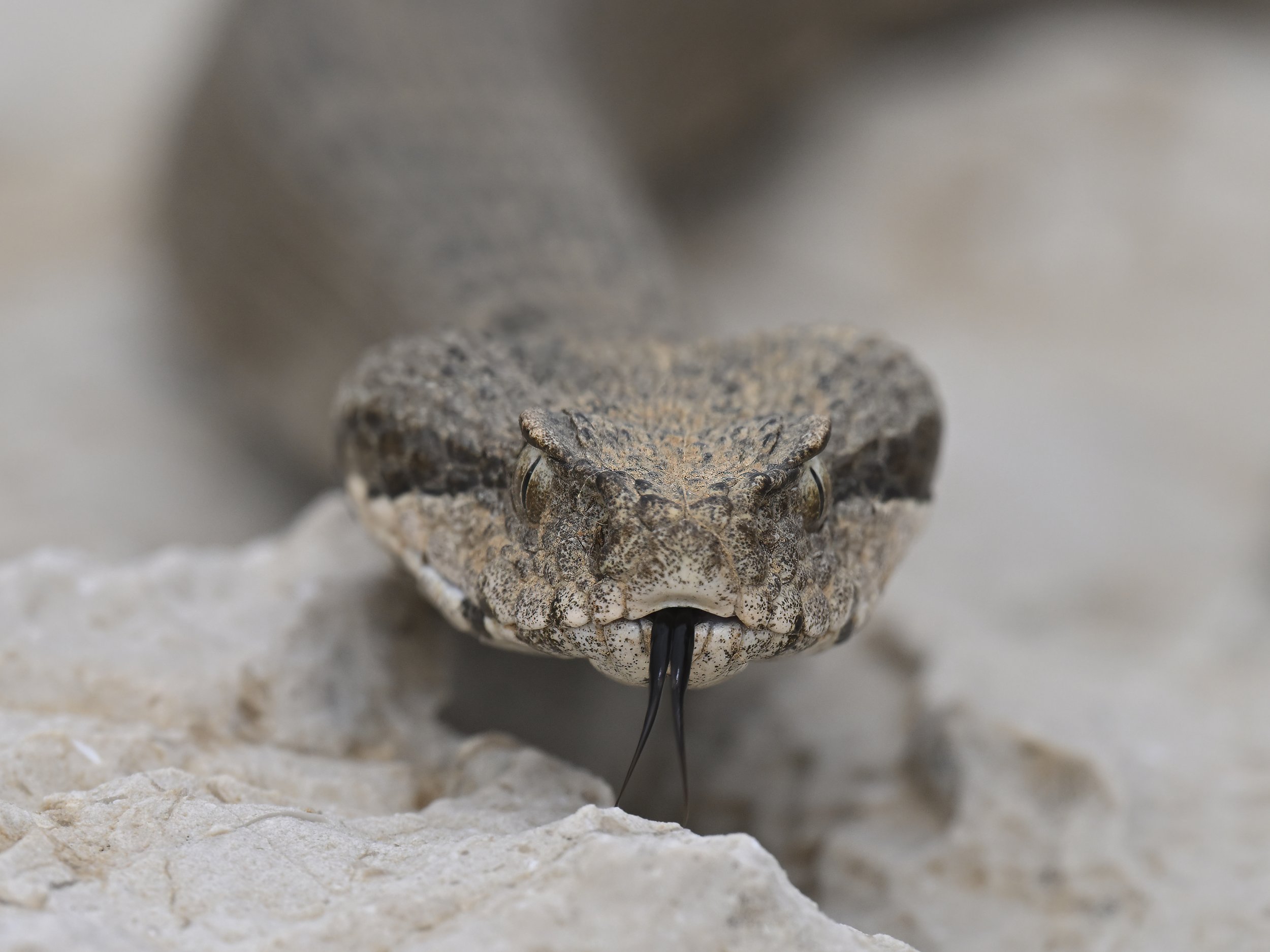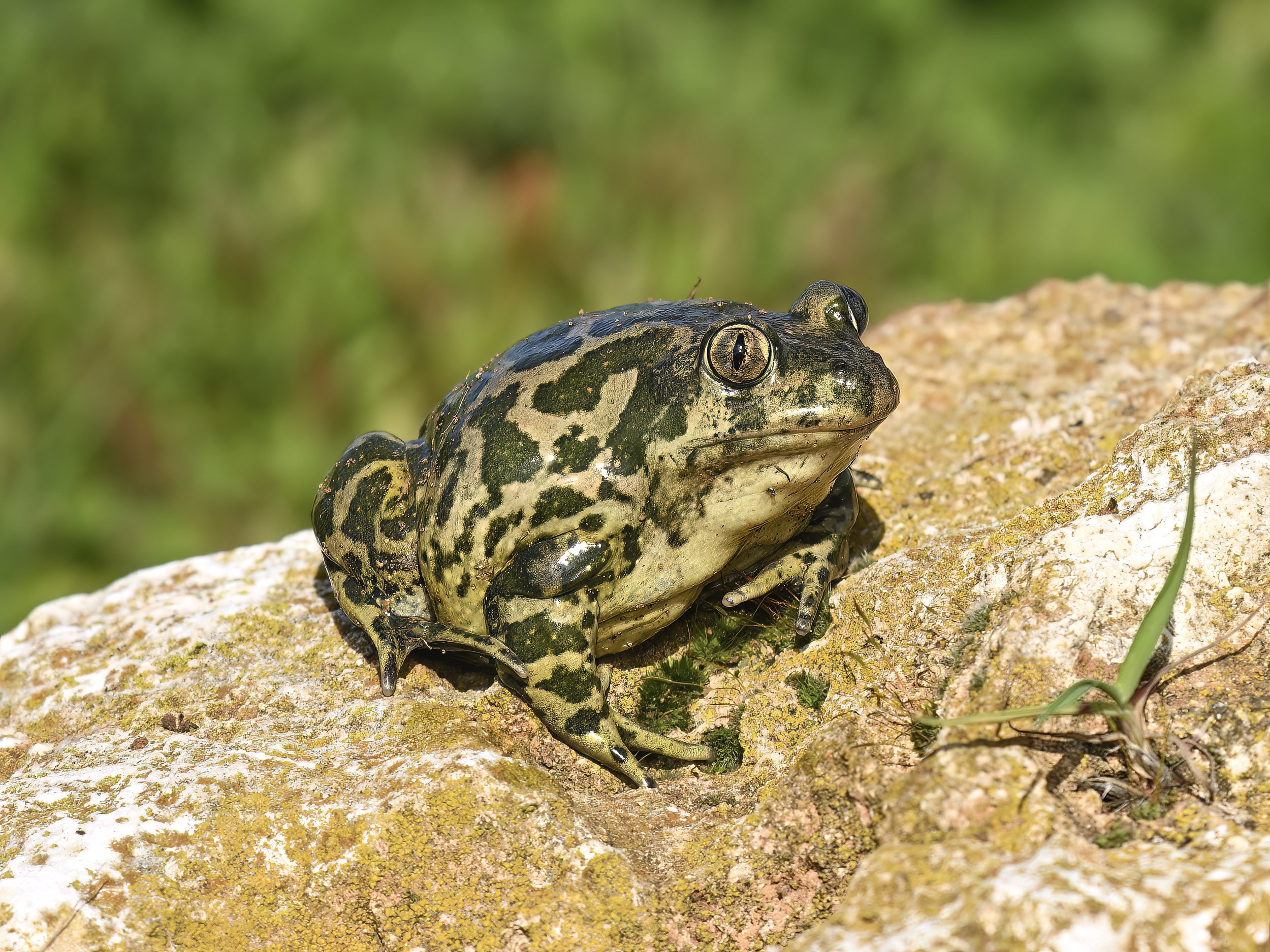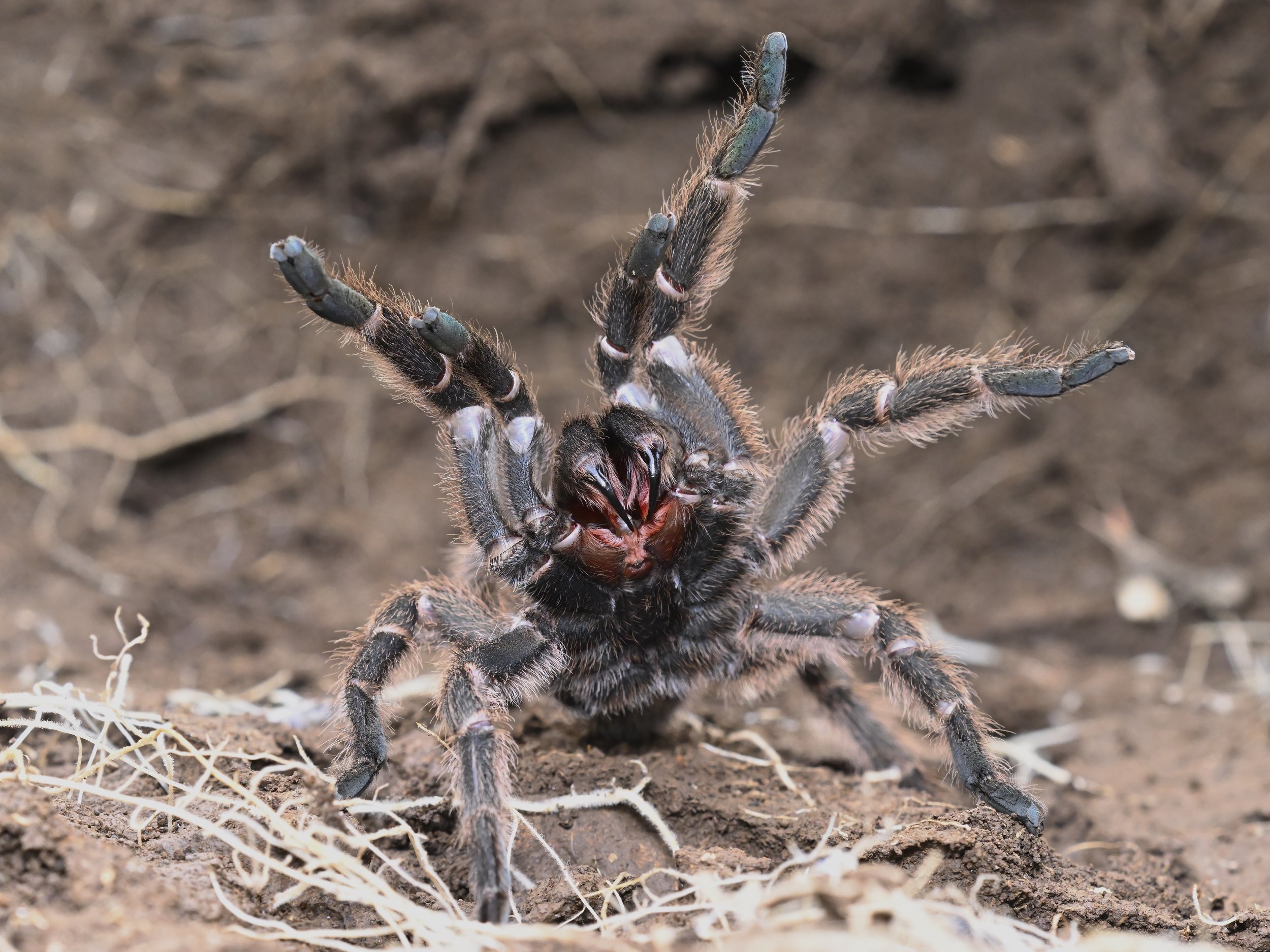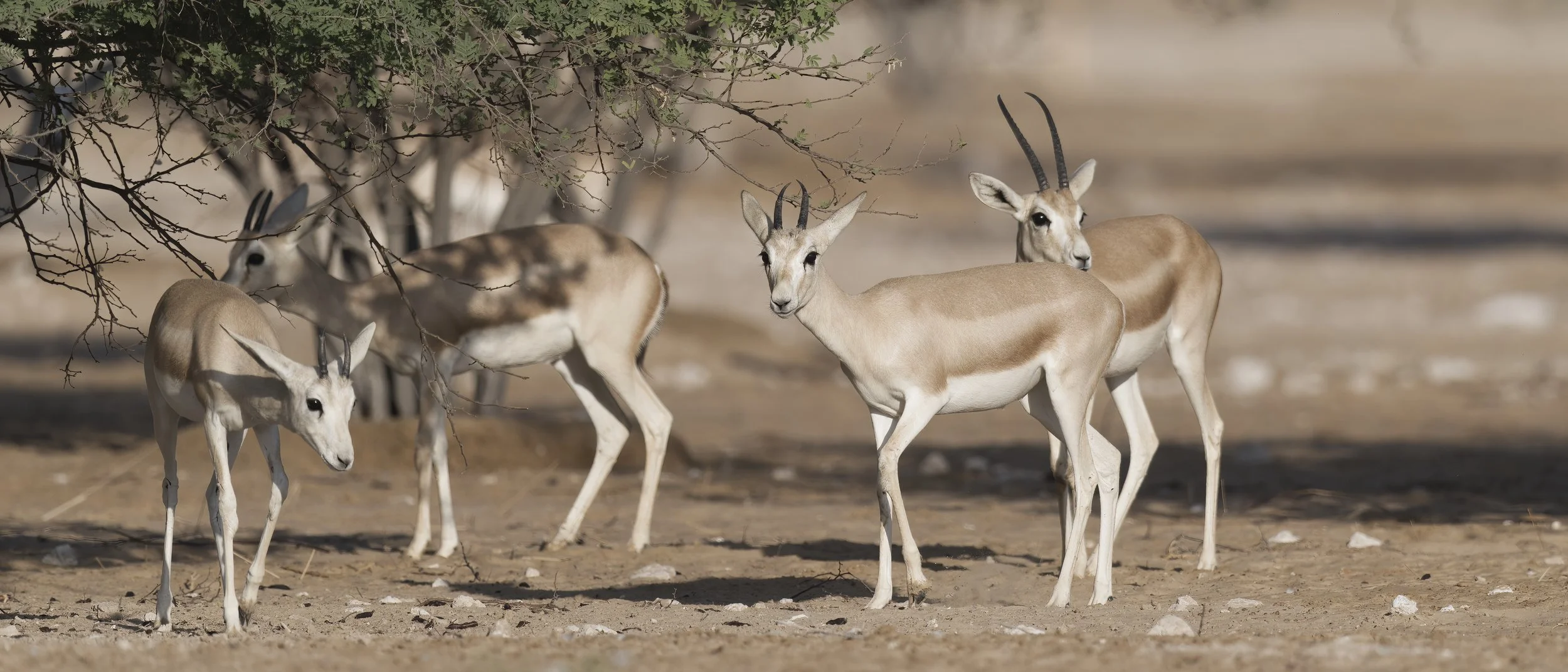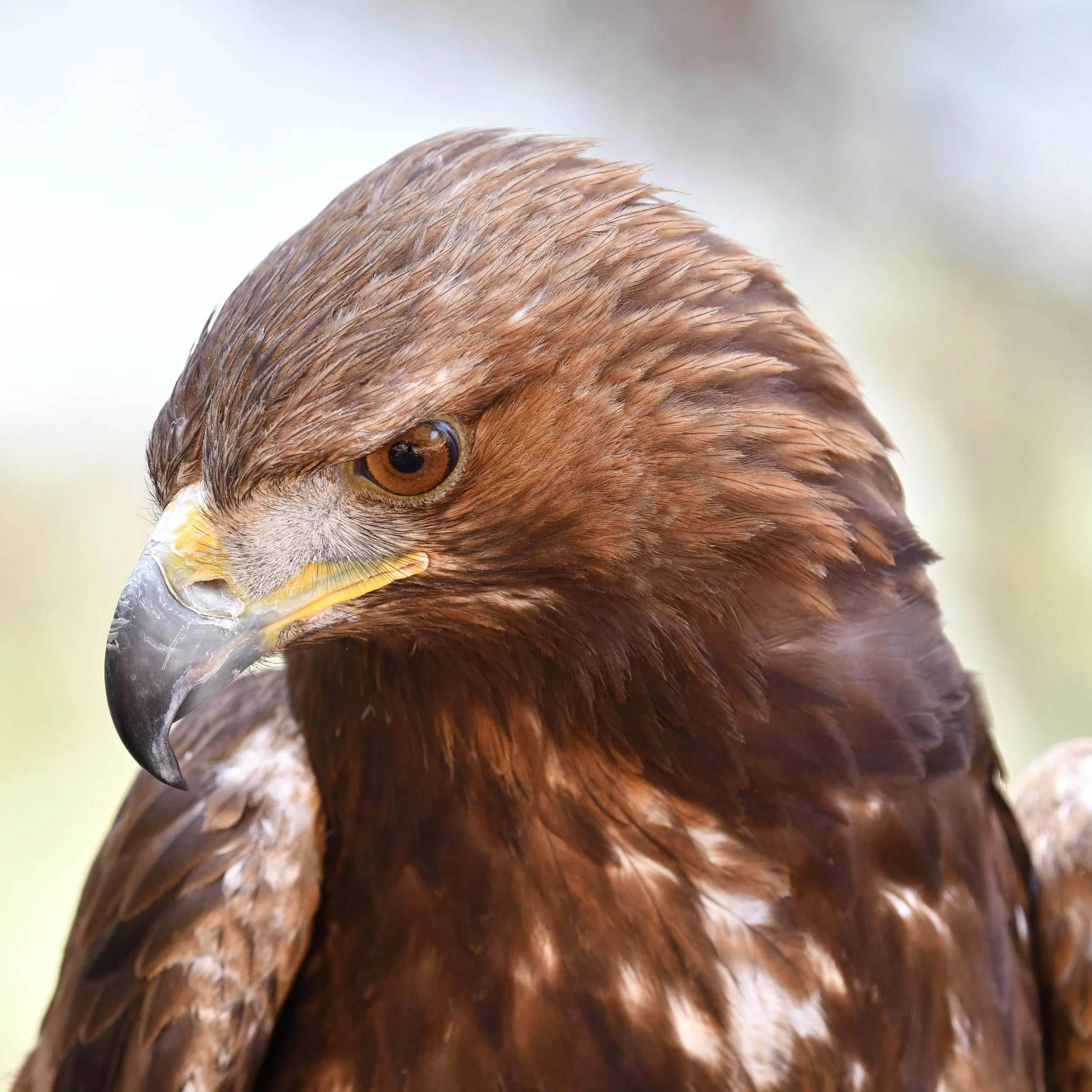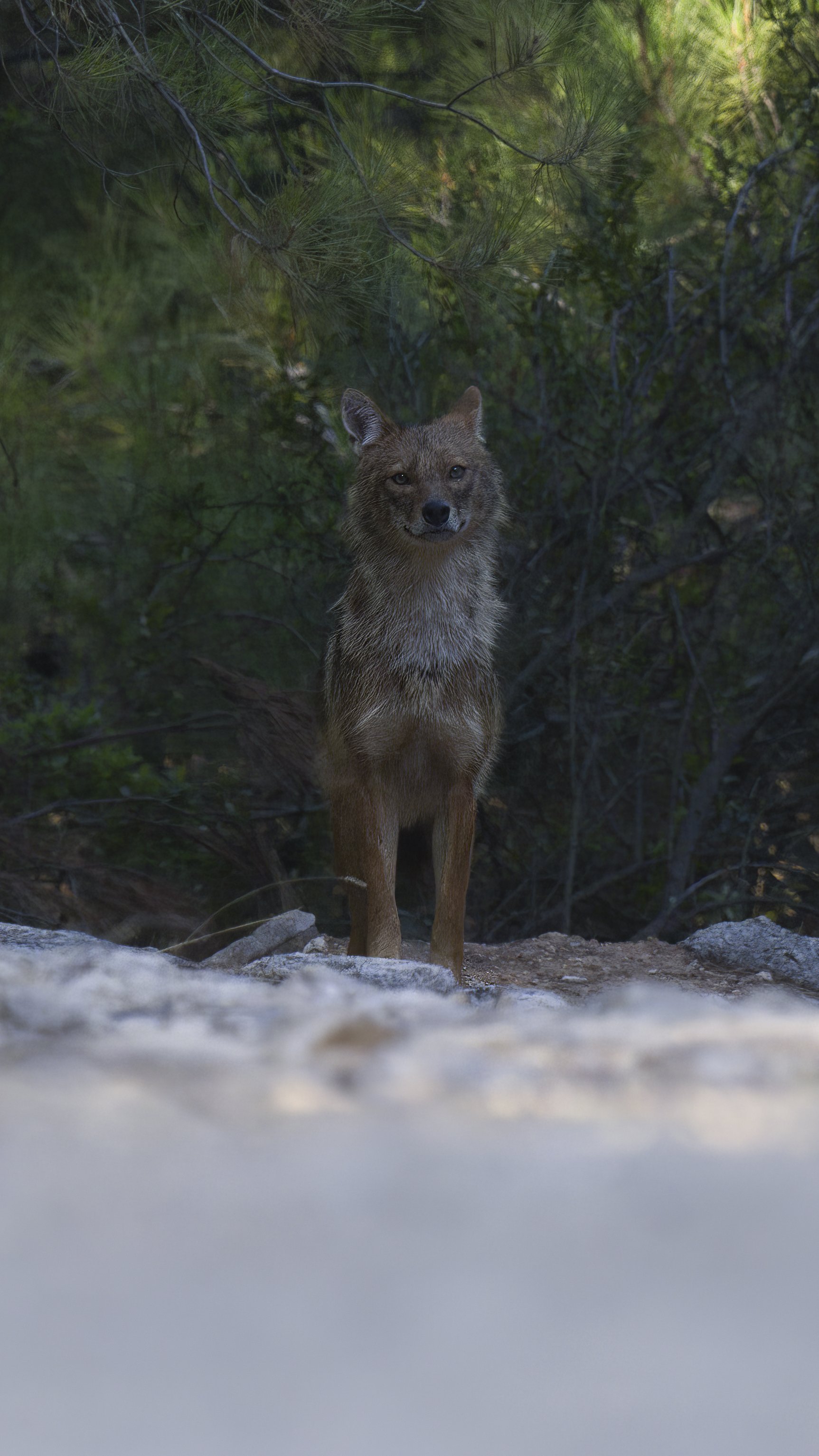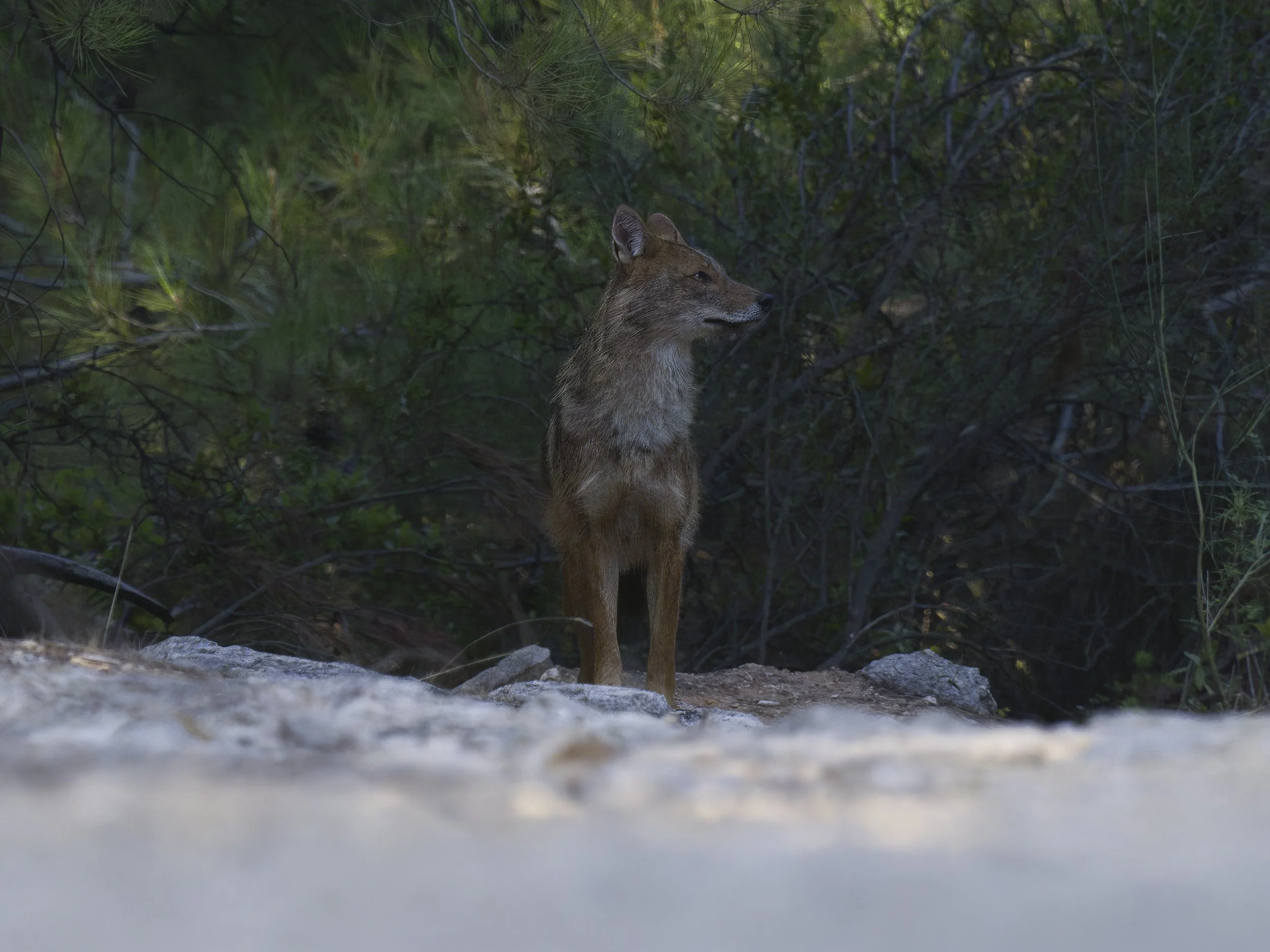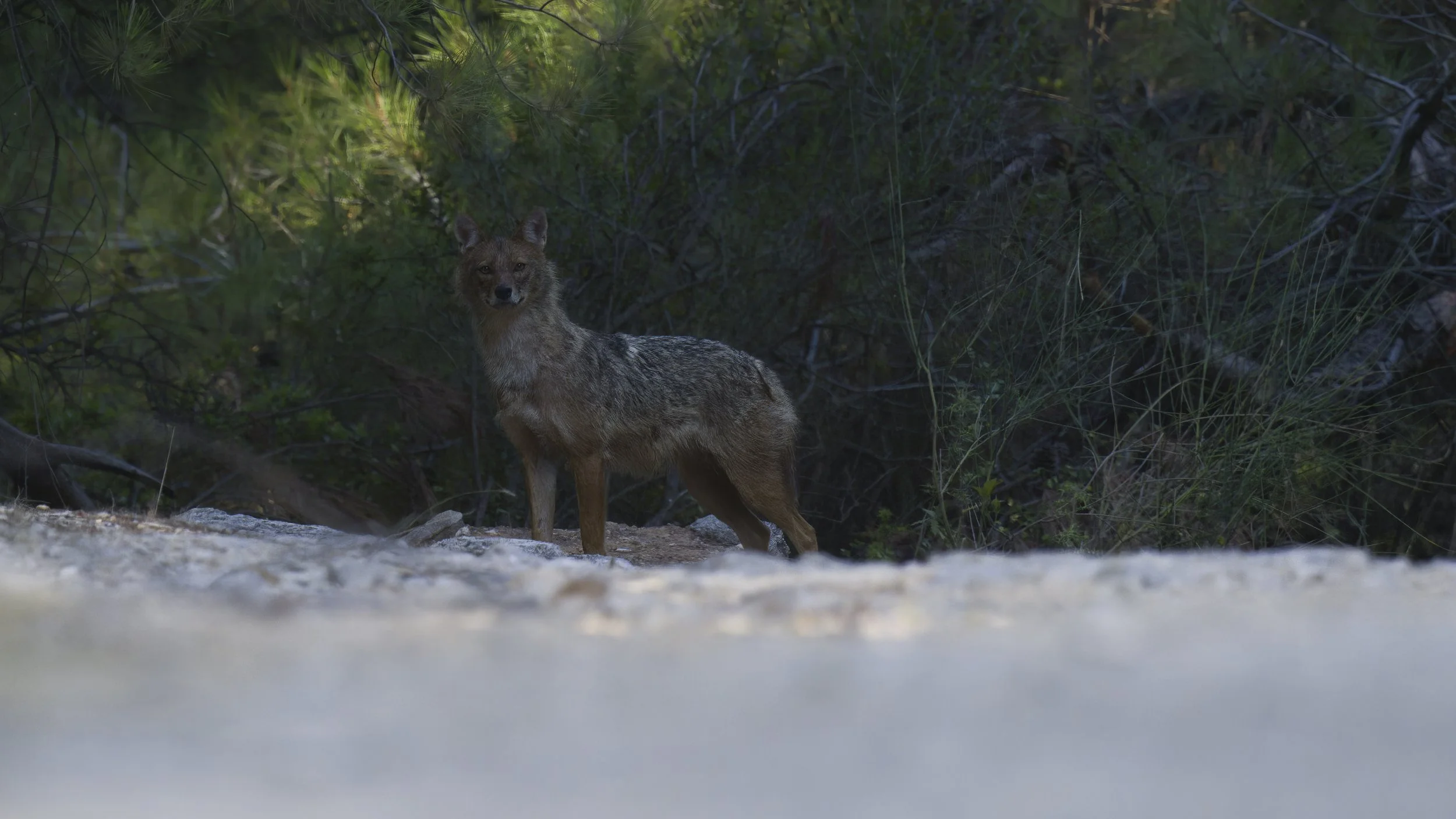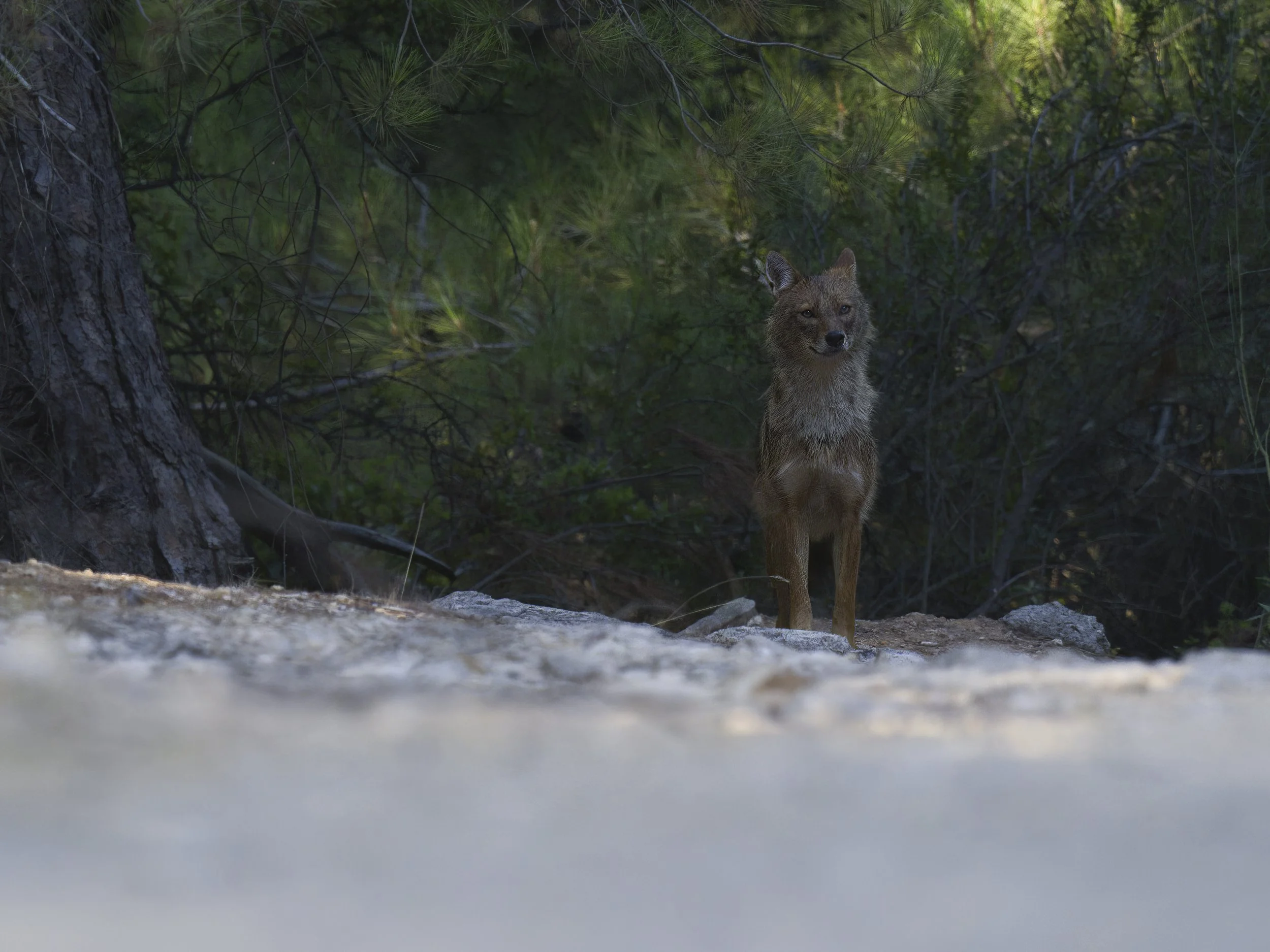Golden Jackal / Canis aureus **
The Golden Jackal is a medium-sized carnivore resembling a small wolf or a large fox. It has a robust body with a reddish-gold to yellowish-brown coat that varies with the seasons and geography. The jackal’s fur is often grizzled with black, giving it a distinctive appearance. Its muzzle is narrow, ears are relatively large and pointed, and it has a bushy tail with a black tip.
Golden Jackals are highly adaptable and occupy a variety of habitats including savannas, grasslands, open woodlands, and agricultural areas. They are found across southeastern Europe, South Asia, the Middle East, and parts of Africa. Their adaptability allows them to live in areas close to human settlements, often scavenging near villages and towns.
Golden Jackals are opportunistic feeders with a diverse diet consisting of small mammals, birds, reptiles, fruits, and insects. They are both scavengers and hunters, sometimes forming small packs for hunting larger prey. Jackals are known for their remarkable vocalizations, using a range of calls to communicate. They are mostly active during the early morning and late afternoon, although they can adapt their activity patterns to avoid humans.
Golden Jackals typically mate for life, forming monogamous pairs. Breeding season varies by region but generally occurs in late winter to early spring. Females give birth to litters of 2-4 pups after a gestation period of around 63 days. Both parents are involved in raising the young, which are weaned at about 8-10 weeks and become independent by 6-8 months.
The Golden Jackal is currently classified as Least Concern by the IUCN due to its wide distribution and high adaptability. However, populations in some regions face threats from habitat loss, persecution, and competition with other canids. Conservation efforts are necessary to monitor populations and mitigate human-wildlife conflicts.
Golden Jackals play a crucial role in their ecosystems as both predators and scavengers, helping to control populations of small mammals and clean up carrion. They also have cultural significance in many regions, often featured in folklore and traditional stories. Understanding and conserving Golden Jackals can aid in maintaining ecological balance and biodiversity.
| NOT EVALUATED | DATA DEFICIENT | LEAST CONCERN** | NEAR THREATENED | VULNERABLE | ENDANGERED | CRITICALLY ENDANGERED | EXTINCT IN THE WILD | EXTINCT |
|---|---|---|---|---|---|---|---|---|
| NE | DD | LC | NT | VU | EN | CR | EW | EX |



